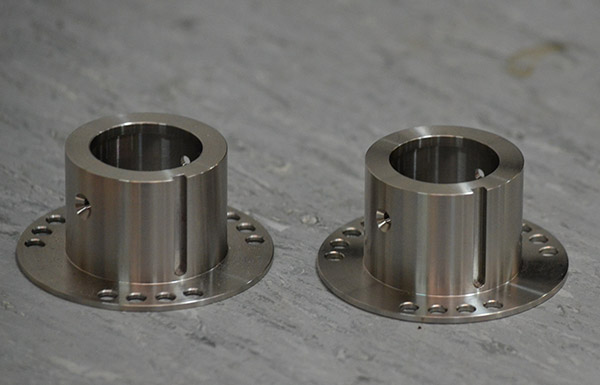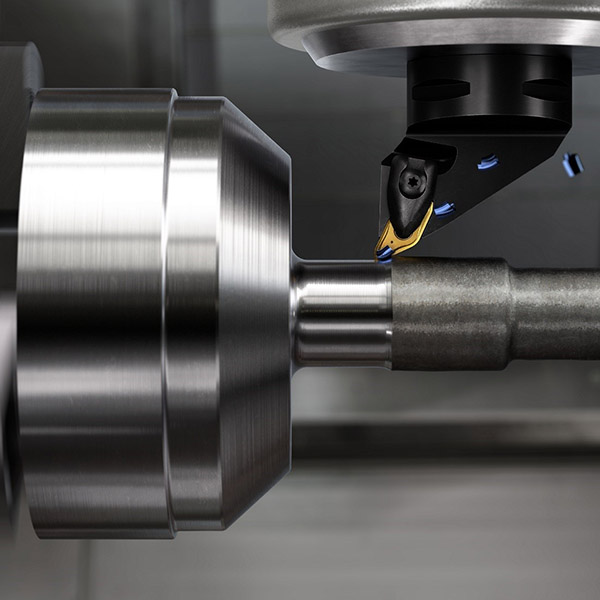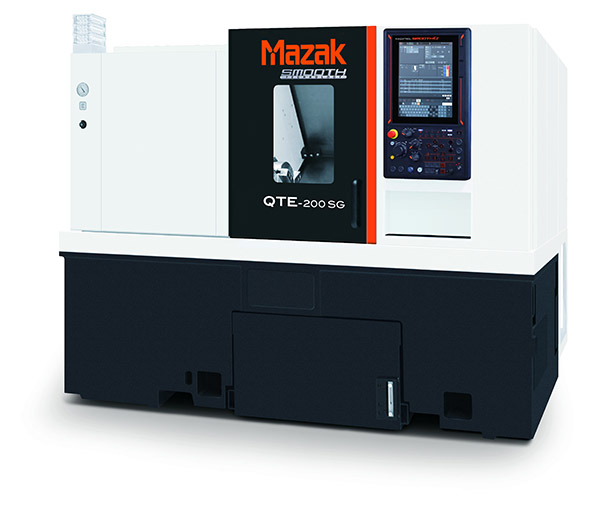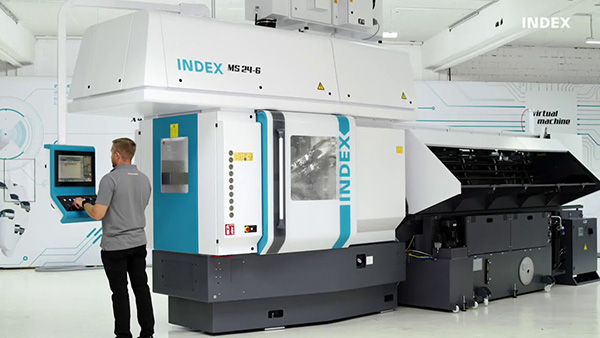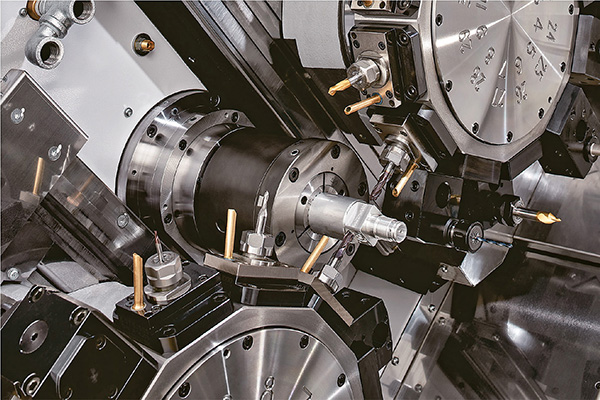
When JEB Precision won an order to manufacture a complex component for an aerospace air handling system, the Northwich-based subcontract manufacturer recognised that its existing production method required an upgrade in order to improve productivity. The solution arrived in the shape of a Nakamura-Tome AS200L-MYS turning centre from the Engineering Technology Group (ETG)
The S130 grade stainless steel parts were required in batches of more than 100 per month, but the existing five set-up process on multiple machines was an unsustainable long-term solution.
With six turning centres from ETG on-site, JEB Precision was already familiar with the extensive solutions available, but this was to be the first Nakamura-Tome machine.
Discussing the project, JEB operations director Michael Bebbington recalls: “Although our Hardinge turning centres are very capable machines, the Nakamura-Tome AS200L-MYS is a twin-spindle machine with milling capability and Y-axis machining that is built on a very robust platform. By investing in this technology, we were immediately able to reduce set-ups, increase throughput, improve process reliability and quality, and free capacity on our other machine tools.”
Before the arrival of the Nakamura-Tome AS200L-MYS CNC turning centre, the 83 mm diameter by 23 mm aerospace part demanded an extensive seven-hour set up time across several machines, although the combined cycle time was only 30 minutes.
The Nakamura-Tome AS200L-MYS at JEB Precision features a Hainbuch collet chuck in the main spindle and a Hainbuch expanding mandrel on the sub-spindle for ID clamping to ensure complete machining in a single operation. The part is machined complete in just 20 minutes on the Nakamura-Tome AS200L-MYS and, in the early days of gaining familiarity with the twin-spindle workhorse, JEB had slashed 30% off its programming time, a figure that is destined to improve as the company enhances its understanding of the machine.
For further information
www.engtechgroup.com






